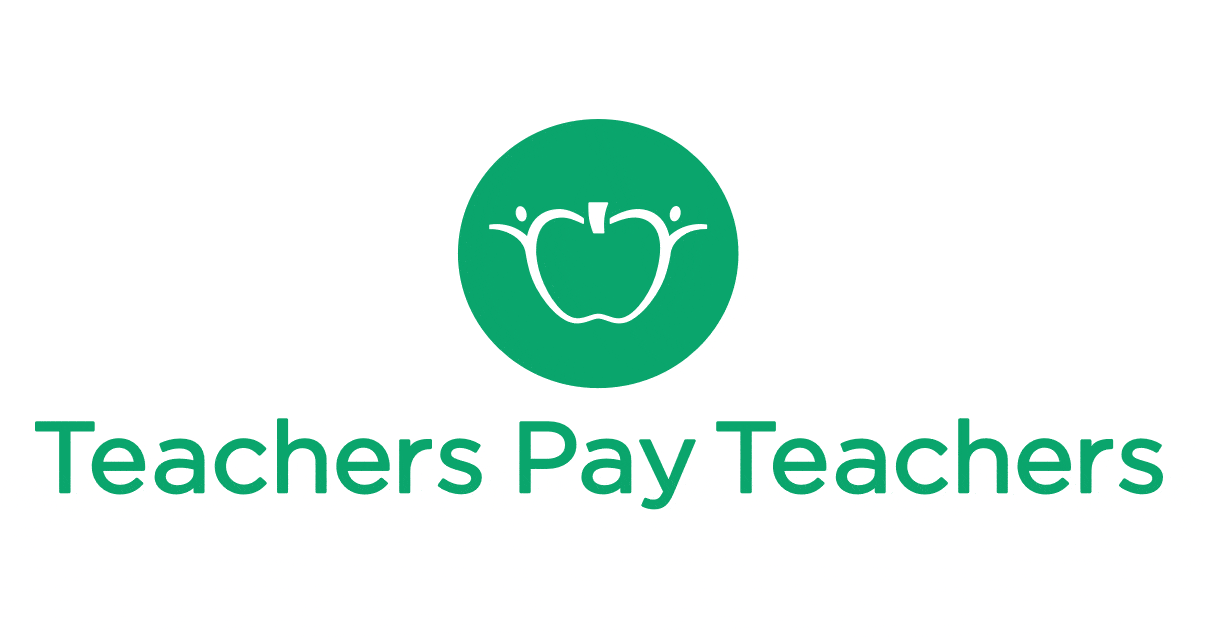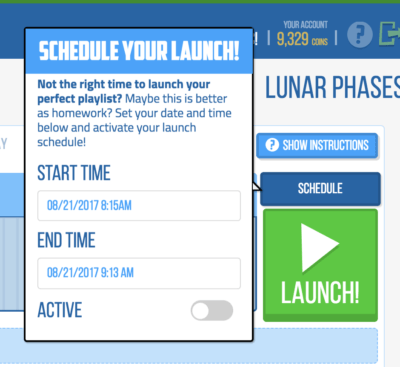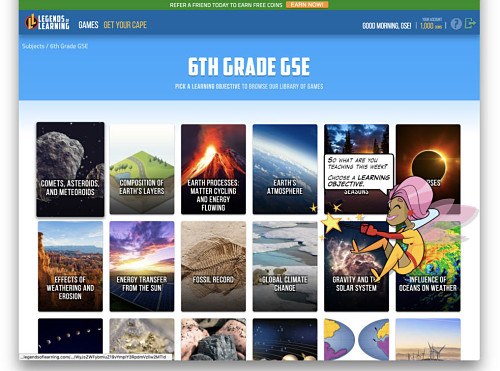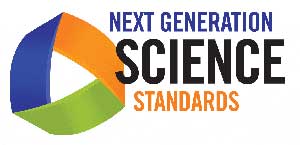7 Go-To Sites for Science Resources
Teachers like you are constantly searching for new science resources and content to diversify their lessons and engage students.
Browsing the internet is a great way to find science resources, but with so much content available, it’s easy to spend hours searching. In fact, some teachers dedicate five to seven hours a week just to finding the right materials.
If you’re looking for more than just games, start your search here. These seven curated sites can help streamline the process and guide you to quality resources faster.
1) Share My Lesson
Share My Lesson is a fantastic database of science resources, featuring lessons from early childhood through high school. As the name implies, teachers log on and share their own lessons and resources. To date, those total more than 420,000, including more than 11,000 for middle school science alone! They’re all free, and searchable by grade and standards.
2) Teachers Pay Teachers
You’ve probably heard of Teachers Pay Teachers by now. Much like Share My Lesson, TpT hosts lessons crowdsourced from educators. Boasting an even bigger library of more than 2.8m resources, some free and some paid, it’s a fantastic tool for bringing together the genius of teachers everywhere. When you’re searching, you can sort by grade, subject, resource type, and price, or check out the trending topics on their homepage.

3) University of Cincinnati Libraries
The UC Libraries STEM Education page links to a bunch of juicy STEM content across the web. These include science websites, lesson plan libraries, student research databases, educational videos, curriculum resources, and much more. Dig into this wealth of material, vetted by a major research university.
4) Teaching Ideas
Teaching Ideas is a British site that lists an eye-popping amount of resources for teachers. Along with science, teachers can find inspiration for English, “maths” , computing, art, music, history, PE, you name it — so go ahead and share it with your non-science colleagues! If you’re looking for lesson plans, projects, videos, or games, it’s all here, with a search functionality and many levels of filtering.
5) Tes
Tes is an education giant, claiming “the world’s largest online community of teachers” with almost 8 million registered users. Like Share My Lesson and TpT, Tes hosts a marketplace where teachers can share all kinds of resources, free and paid, from pre-K through high school. Their marketplace also features a bunch of discussion forums, as well as resources for exploring the teacher job market (focused on the UK). They also publish a magazine, and publish tons of education-related news. Talk about a go-to education site!

6) Legends of Learning Science Games
Legends of Learning is an award-winning game-based learning platform designed to boost student engagement and improve test scores through interactive, curriculum-aligned science games. With a library of over 2,000 expertly crafted games, teachers can seamlessly integrate engaging, standards-aligned content into their lessons—whether in the classroom or at home.
Every game on the platform is carefully selected based on user reviews and educational value, ensuring a balance of fun and learning. Designed to captivate students, support teachers, and empower districts, these games make science more accessible and enjoyable.
Ready to explore the best of the best? Here are 10 top-rated science games that combine immersive gameplay with real learning outcomes, helping students grasp complex scientific concepts while having fun!
7) Carl Wieman Science Education Initiative
Out of the University of British Columbia, CWSEI mainly focuses on research related to science pedagogy in higher education. However, their site lists a wide variety of resources, including tools that can be used in the classroom, but also a plethora of reference books and articles for everything you want to learn about education. The Initiative’s stated goal is to build “a more scientifically literate populace… able to make wise decisions, informed by scientific understanding, about other complex issues” — a mission we can all get behind!
If you’re looking for new science resources, this list is a good place to start. These websites complement the depth and breadth of the thousands of science games and assessment items teachers find on the Legends of Learning platform.
Don’t miss out on our latest posts!
- Step Into the Past: Explore January’s Latest US History Games
- Kick Off the New Year With Fresh Science Learning Games
- New Year, New Math Adventures: Explore January’s Game Releases
- Classroom Tips to Navigate the Holiday Season with Calm and Confidence
- Next Level Learning: How Florida Teachers Are Implementing Game-Based Science Instruction







 While there is great content built off of the NGSS DCI content system available, there is still a wide range of activities that teachers need to take on. Successful implementation requires a multidimensional approach to teaching to be the norm in every science classroom. This requires
While there is great content built off of the NGSS DCI content system available, there is still a wide range of activities that teachers need to take on. Successful implementation requires a multidimensional approach to teaching to be the norm in every science classroom. This requires 

